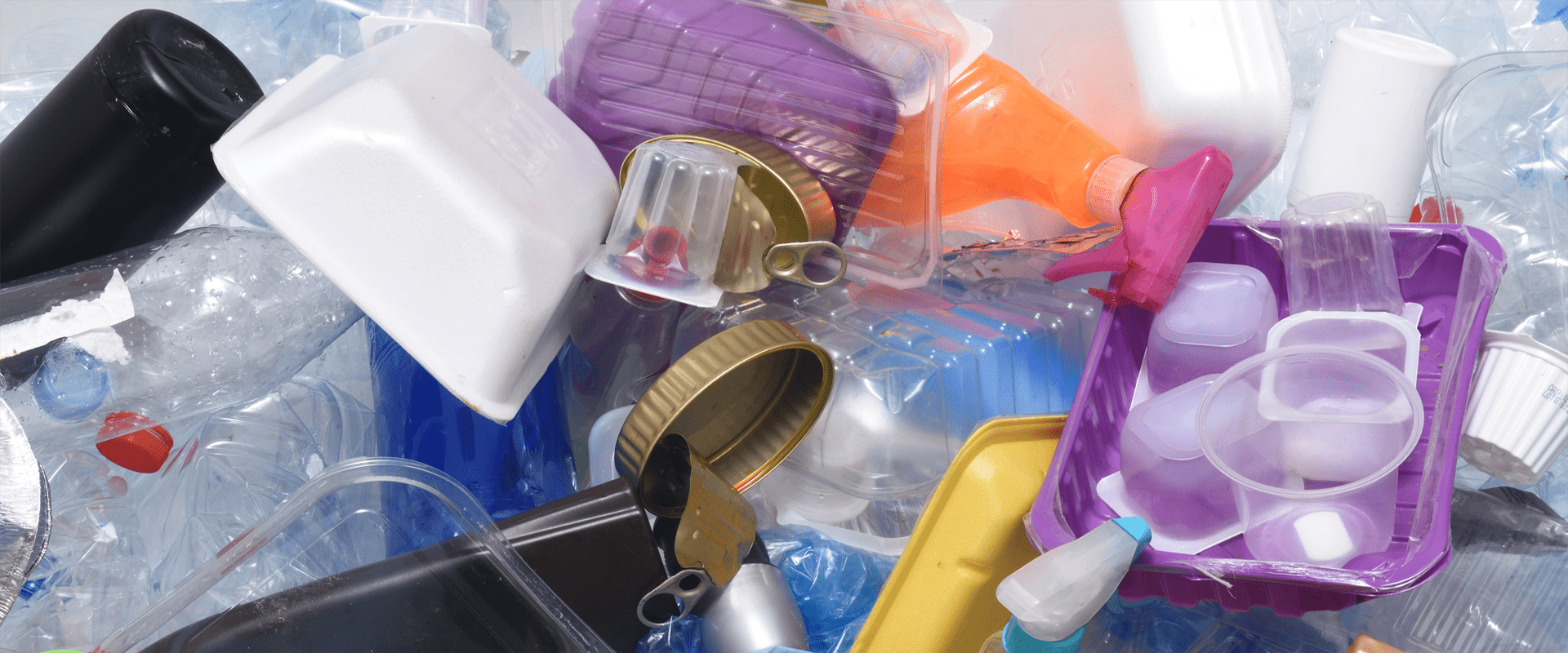
UK joins EU states in enforcing plastic packaging tax
Plastic Production in the EU
Production of plastic has grown exponentially in just a few decades - from 1.5 million of tonnes in 1950, to 322 million of tonnes in 2015 worldwide. In EU Member States it was recorded that 40% of the production of plastic waste was attributable to packaging with only 30% of the total plastic waste being recycled. In order to help tackle this issue in May 2019, the EU Council voted to ban the use of single use plastics through the implementation of the Single Use Plastics Directive. This Directive forms an essential element of the EU’s Circular Economy Action Plan and is part of the EU Plastics Strategy. This strategy adopts a material-specific life-cycle approach to tackle wasteful and damaging plastic litter and to support the vision of a smart, innovative and sustainable plastics industry.
What this means for Producers?
In Annex II of the European Strategy for Plastics in a Circular Economy, national and regional authorities are encouraged to make better use of taxation instruments to reward the uptake of recycled plastic and step up separate collection of plastic waste. Member States across the EU are implementing legislation to try to enforce these requirements. With the UK Government in March 2020, announcing plans to implement a £200/tonne tax on packaging with less than 30% recycled plastic. In addition to France, Italy and Germany proposing to charge €0.8/kg on non-recycled packaging. The European Union are considering the plastic tax bill to be one of the most promising ways to bring additional sources into the EU budget with an estimated €6.6 billion per year. However, the tax bill has not yet received full support with some Member States concerned about how this could impact less developed EU countries.
Therefore, these proposed tax changes will impact producers recycling fee rates across the EU potentially raising the cost of plastic disposal.
Producers Assessing Alternative Materials to Plastic
With the heightened awareness of plastic pollution in the media and the proposed plastic tax bills on the horizon, it is essential producers assess the choices of alternative packaging materials before hastily changing. As according to research carried out by the University of Sheffield if plastic were replaced with alternative packaging materials, this would on average increase the energy use by 2.2 times and increase CO2 emissions by 2.7%.
With climate change being one of the greatest challenges the world must face, the carbon footprint life-cycle of alternative materials should be assessed to clearly determine if alternatives are viable. Ideally with alternative materials requiring a smaller carbon footprint at a similar price range to produce.
As recommended by the Royal Society of Chemistry, it is critical that the packaging of these alternative materials is assessed across all stages from raw materials through to disposal. As many of the “greener” sounding alternatives present a significantly higher CO2 emission or water use when compared to plastic. The production of alternatives such as bio-plastics also creates new challenges such as using limited food crops like corn to generate plastics, which in turn would use more limited land mass and fresh water to develop a product.
Want to be informed on the Progress of this Plastic Tax Bill?
EC4P offer a global update service which notifies you when draft bills and laws come into force and identifies actions specifically required of your company. Contact us to find out more.